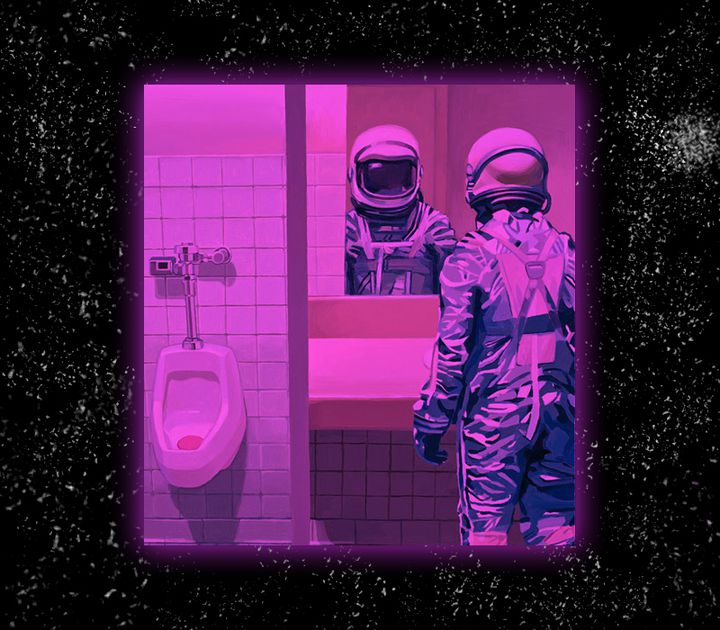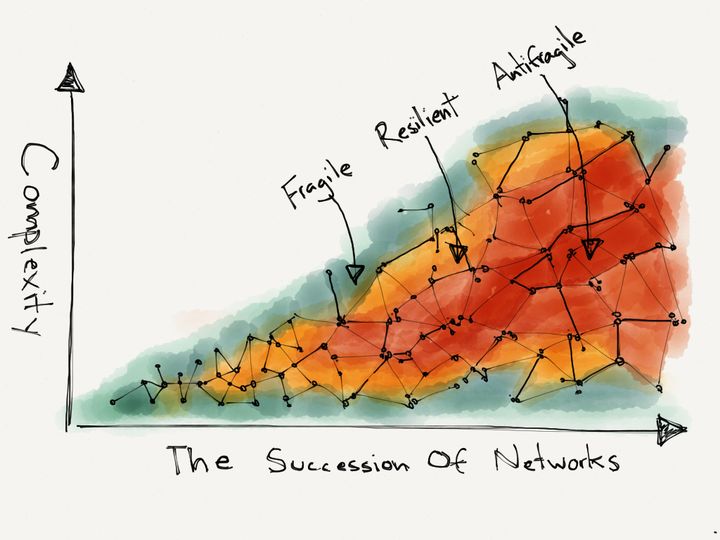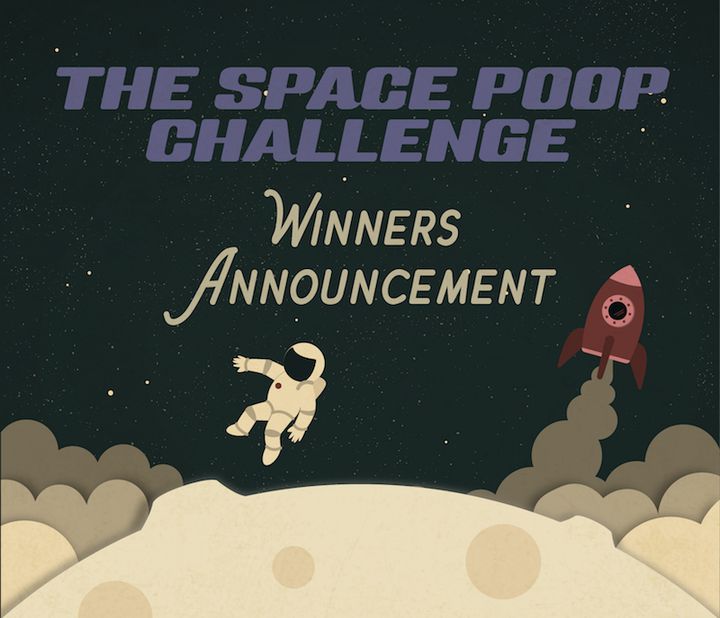
If you’ve ever received a bottle of detergent that leaked during shipping, you know how frustrating it can be. A wet, soapy mess in your delivery box isn’t just inconvenient, it’s a sign of a deeper issue in the world of packaging that touches on sustainability, wasted resources, and consumer trust. But why does this happen, and why is it more than just an annoying inconvenience?
The E-Commerce Supply Chain: A Perfect Storm for Packaging Failures
Packaging leaks can occur for many reasons, but they all have one thing in common - they are a symptom of stress. Whether it’s a poorly sealed cap or a fragile container, the forces at play in the shipping process can take a toll on a package's integrity. This stress is often amplified in the e-commerce supply chain, which is designed around speed and efficiency, rather than care for fragile products.
When a product is shipped from a warehouse, it may pass through various transportation stages, each with different handling practices, temperatures, and pressures. The rapid acceleration and deceleration of trucks, planes, or delivery vehicles combined with temperature fluctuations and jostling during transit can weaken packaging materials. For detergent bottles, which often contain high density liquids, this can lead to the seals or closures failing and resulting in leaks.
In traditional retail, products are placed on shelves, and the packaging is typically less susceptible to wear and tear. However, the e-commerce supply chain presents unique challenges. Unlike brick and mortar stores, where products are mostly handled gently by consumers or in-store employees, e-commerce packages are constantly on the move. They are packed into boxes, stacked on pallets, transported long distances, and unloaded in various locations.
Throughout this process, temperature changes, pressure, and physical jostling can weaken even the most durable packaging. For detergent bottles, this can result in not just leaks, but spills, which means fewer products in customers’ homes.
The Bigger Picture: Wasted Resources and Sustainability Failures
Leaking detergent bottles are not just frustrating for consumers, they also represent a major waste of resources. Consider the ingredients that go into making that detergent: the raw materials, energy, and water. When a bottle leaks during shipping, all those resources are essentially wasted.
More importantly, from an environmental perspective, this waste contributes to the growing issue of single use plastics. In many cases, bottles that aren’t properly designed to withstand the stresses of transportation end up in landfills, further exacerbating the climate crisis. Additionally, the failure to prevent leaks means companies often have to manufacture and ship replacements, compounding the negative environmental impact. In short, these leaks play one small part in the larger sustainability problem that the packaging industry faces. As the demand for e-commerce grows, so does the pressure to find packaging solutions that minimize waste and reduce the carbon footprint.
Beyond convenience and consumer satisfaction, packaging design holds significant potential as a climate action tool. By investing in sustainable packaging innovations, companies can reduce their overall carbon footprint. The materials used to create packaging, the energy consumed in the manufacturing process, and the transportation of those materials all play a role in a product’s environmental impact.
By shifting toward eco-friendly packaging solutions that are durable and leak resistant, brands can make a real difference. A well designed package not only prevents leaks but can also be recyclable, reducing the amount of plastic that ends up in landfills. These efforts reflect a commitment to a circular economy, where packaging can be reused or recycled, and fewer new materials are needed.
A Call for Innovative Packaging Design
Fortunately, the challenges created by leaking packaging are driving innovation in the packaging industry. Designers and manufacturers are increasingly focused on creating packaging that is not only strong enough to survive the rigors of e-commerce shipping but also sustainable and recyclable.
For detergent bottles, this means thinking beyond traditional plastic and exploring new materials that can offer both durability and eco-friendliness. For instance, companies are experimenting with biodegradable plastics, plant-based materials, and even smart packaging technologies that alert consumers or shippers when a bottle is compromised.
A great example of this is an open innovation challenge recently launched by a leading consumer packaged goods company. Their Bottle Royale: Battle for Leak-Free Delivery (Survival of the fittest package.) Challenge calls for innovators to create a large liquid detergent bottle design for e-commerce & stores that meets Amazon distribution rules, without leaks or excessive damage. You can read more about the initiative by following the challenge page linked above.
The Future of Packaging
The challenges of e-commerce have forced the packaging industry to innovate, creating packaging that protects the product and reduces waste.
Leaking bottles may seem like a small problem, but they’re indicative of much larger issues surrounding sustainability, resource management, and customer trust. By addressing these issues through innovative packaging design, companies not only solve consumer annoyance but also take meaningful steps toward reducing their environmental impact. It’s a win-win! Consumers get a better experience, and the planet gets a little relief.
As the e-commerce world continues to evolve, so too will the packaging that helps deliver our products safely and sustainably. And that’s a future we can all get behind.








